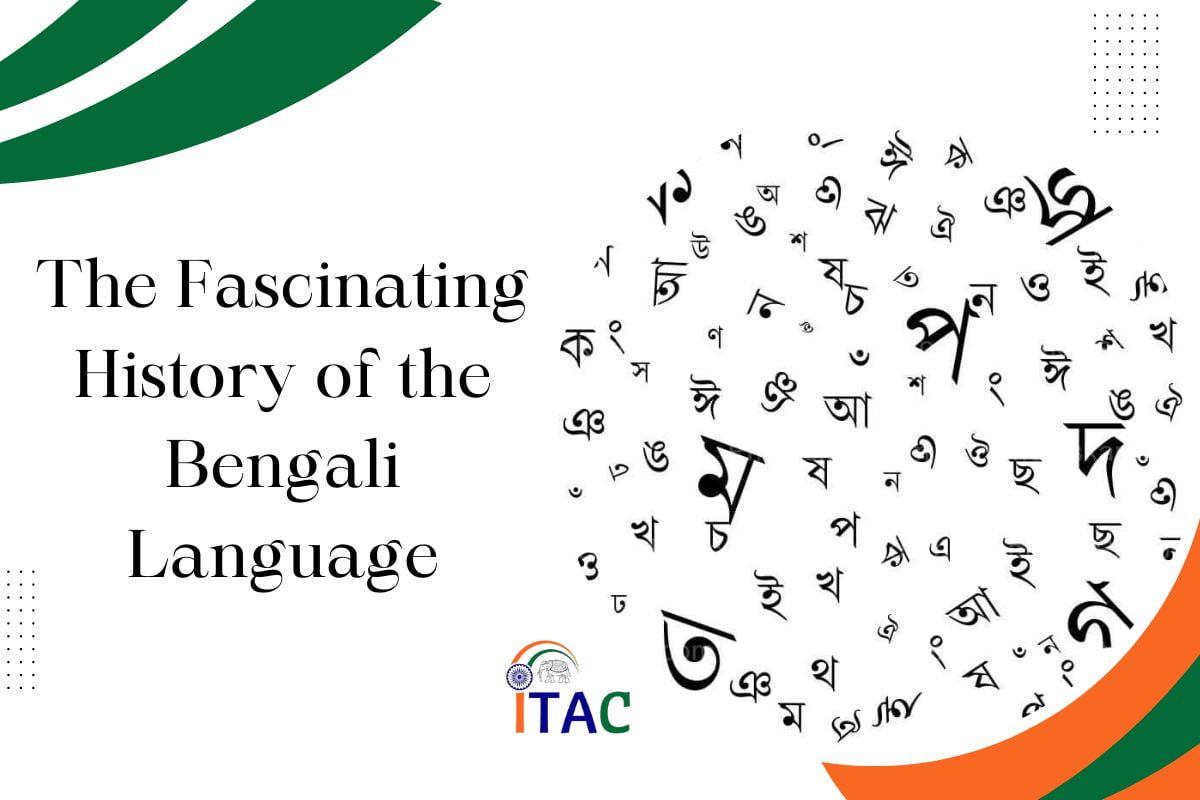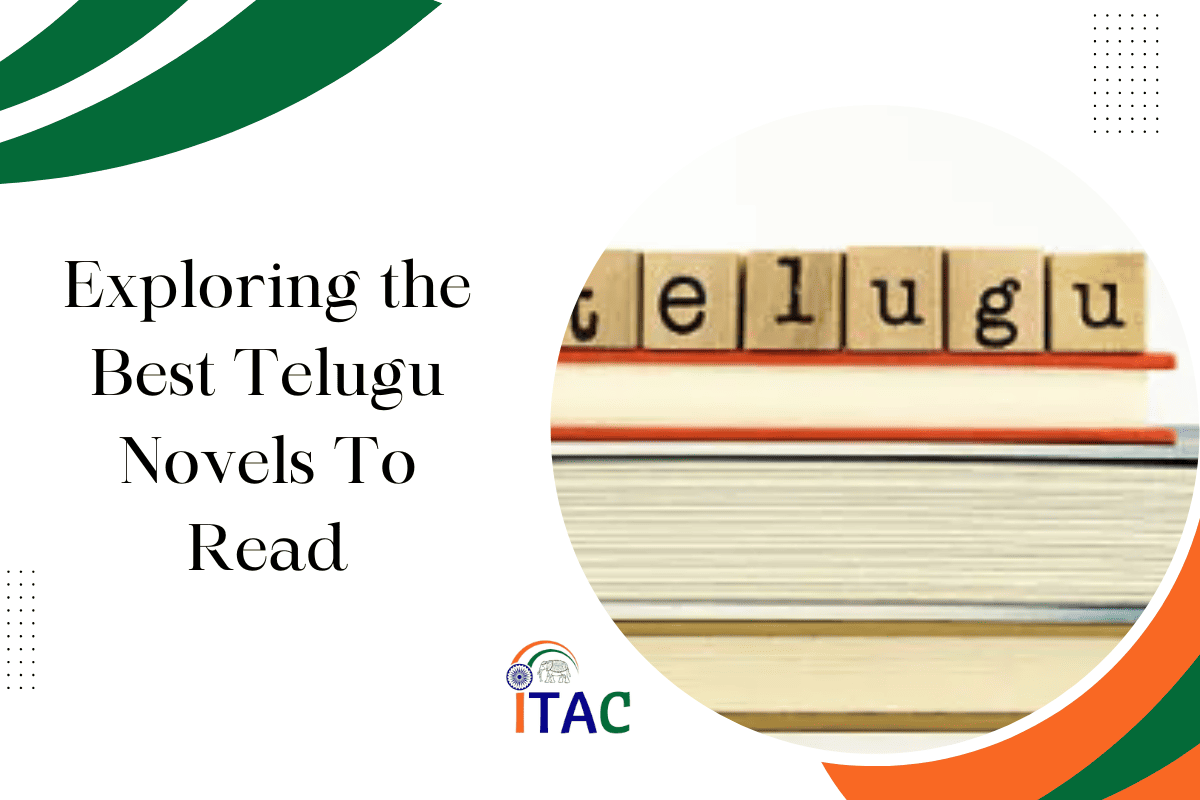The Bengali language, known as Bangla, is a rich tapestry woven through centuries of cultural, political, and social evolution. With its roots deeply embedded in the Indo-Aryan linguistic group, Bengali boasts a history that is as vibrant and diverse as the people who speak it.
In this blog post, we will explore the historical journey of the Bengali language, tracing its origins, development, and the pivotal moments that have shaped it into the language spoken by millions today.
Table of Contents
Origins and Early Development of Bengali Language (7th-12th Century)
The origins and early development of the Bengali language, spanning from the 7th to the 12th century, represent a fascinating period in the linguistic history of the Indian subcontinent. This era is characterized by significant linguistic evolution and cultural amalgamation, laying the foundational stones for what would become the modern Bengali language.
Magadhi Prakrit and Pali: The Ancestral Languages
The journey of Bengali begins with its ancestral languages, Magadhi Prakrit and Pali. Magadhi Prakrit, an ancient language of India, was widely spoken in the eastern region of the Indian subcontinent, which corresponds to present-day Bihar and West Bengal. It served as the language of the common people and was one of the major Prakrit languages during its time. Pali, on the other hand, is best known as the language of many of the earliest Buddhist scriptures. Both of these languages played a crucial role in the socio-religious fabric of ancient India and provided a linguistic base from which Bengali, along with other Indo-Aryan languages, would evolve.
Apabhramsha: The Transitional Phase
As Magadhi Prakrit and Pali evolved over centuries, they gave rise to a set of dialects known as Apabhramsha. The term “Apabhramsha,” which can be loosely translated to “corrupted” or “decayed,” refers to the languages that represented a transitional phase between the ancient Prakrits and the modern Indo-Aryan languages. This period was marked by significant linguistic changes, including shifts in grammar, phonetics, and vocabulary. Apabhramsha languages were not homogeneous but varied across different regions, contributing to the diversity of the Indo-Aryan language family. The evolution from Apabhramsha to early Bengali signifies a crucial phase in the linguistic history of Bengal, with these transitional dialects serving as the bridge between the ancient languages and the Bengali we know today.
Charyapada: Illuminating the Past
The Charyapada, a collection of mystical poems, is among the earliest known literary works in Bengali. Dating back to somewhere between the 8th and 12th centuries, these poems are invaluable to linguists and historians as they provide a glimpse into the early form of the Bengali language. The Charyapada is not just significant for its linguistic content but also for its cultural and religious implications. The poems are associated with the Sahajiya Buddhism movement and reflect the mystical and esoteric traditions of the time. Through the language of the Charyapada, researchers can trace the phonetic, morphological, and syntactic developments that marked the early stages of Bengali’s evolution.
Evolution and Influences (13th-18th Century)
The evolution and influences of the Bengali language from the 13th to the 18th century represent a transformative era in its history, characterized by significant linguistic and cultural shifts. This period is crucial for understanding how Bengali developed into the language it is today.
Rise of Regional Kingdoms
The 13th to 18th centuries were marked by the rise and fall of various regional kingdoms in the Bengal region. These political changes had profound effects on the social and cultural landscape, including the language spoken by the people. As new dynasties came to power, they brought with them their own cultural practices, administrative systems, and linguistic preferences, which in turn influenced the local languages, including Bengali.
Influx of Foreign Influences
This era was also notable for the increased interaction between Bengal and other regions through trade, conquest, and cultural exchange. The arrival and settlement of traders, invaders, and settlers from the Middle East and Central Asia introduced new concepts, practices, and words into the Bengali lexicon. Consequently, Bengali saw an extensive enrichment of its vocabulary with words borrowed from Sanskrit, Arabic, Persian, and Turkish.
- Sanskrit Influence: Despite being a period of Muslim rule for a significant part, the influence of Sanskrit, the ancient language of Hindu scripture and classical Indian literature, remained strong in Bengal. Sanskrit continued to be a major source of vocabulary for literary, academic, religious, and formal contexts.
- Arabic and Persian Influence: The establishment of the Delhi Sultanate and later the Mughal Empire, which were Islamic in character, brought Arabic and Persian to the fore. These languages were not only sources of new vocabulary but also influenced literary styles and genres in Bengali literature. Persian, in particular, became the language of administration and high culture during the Mughal period.
- Turkish Influence: Although less pronounced than Sanskrit, Arabic, or Persian, Turkish words also found their way into Bengali, primarily through military and administrative channels during the early Islamic rule.
Development of the Bengali Script
A significant linguistic development during this period was the evolution of the Bengali script. The Bengali script traces its origins back to the Brahmi script, an ancient writing system from which many South Asian scripts are derived. Over the centuries, the script underwent modifications and refinements, gradually evolving into the form used today. This development was not merely a technical advancement but also a reflection of Bengal’s socio-political changes and its interactions with neighboring cultures and languages.
The evolution of the Bengali script facilitated the preservation and dissemination of the region’s literary and cultural heritage. It enabled the recording of a wide range of texts, from religious scriptures to secular literature, thus playing a crucial role in the development of Bengali literary and cultural identity.
The Bengal Renaissance and Modern Bengali (19th-20th Century)
The Bengal Renaissance refers to a period of cultural, social, and intellectual awakening in the Bengal region, primarily during the 19th and early 20th centuries. This era was marked by a profound transformation in almost all aspects of society, including literature, arts, religion, and science, influencing the evolution of the Bengali language and its literature significantly.
Emergence of Literary Giants
The Bengal Renaissance produced a plethora of writers, thinkers, and artists who left an indelible mark on Bengali culture and literature. Among them, Rabindranath Tagore stands out as a colossal figure. Tagore’s literary works, which include poetry, novels, short stories, and essays, not only enriched Bengali literature but also brought it to the world stage, earning him the Nobel Prize in Literature in 1913. His writings reflected the contemporary socio-political context and contributed to the shaping of modern Bengali with their innovative use of language and exploration of new literary forms.
Also Read – Best Bengali Novels
Diglossia in Bengali
Another significant linguistic development during this period was the phenomenon of diglossia. This term describes a situation where two varieties of a language are used by a single language community in different contexts: one, a high (H) variety for formal, literary, and official use, and the other, a low (L) variety for everyday communication. In the case of Bengali, the formal variety was heavily influenced by Sanskrit, while the colloquial form incorporated elements from local dialects and languages. This coexistence of formal and colloquial Bengali further diversified the language’s linguistic landscape, enriching its expressive capabilities.
The Language Movement and Beyond (20th-21st Century)
The mid-20th century was pivotal for the Bengali language, particularly due to the Language Movement of 1952. This movement was a response to the Pakistani government’s attempt to impose Urdu as the sole national language in East Pakistan (now Bangladesh), where the majority of people spoke Bengali. The protests and demonstrations that ensued, culminating in the deaths of several activists on February 21, 1952, highlighted the deep connection between language and national identity.
Establishment of Bangladesh and Bengali Nationalism
The Language Movement had far-reaching implications for Bengali nationalism and ultimately contributed to the struggle for independence that led to the establishment of Bangladesh in 1971. In the newly formed country, Bengali was enshrined as the national language, affirming its status not just as a means of communication but as a symbol of cultural and national identity.
Evolution of Bengali in Contemporary Times
Today, Bengali continues to evolve, reflecting the ongoing cultural and social transformations of its speakers. It remains a language of rich literary traditions and vibrant cultural expressions, adapting to the challenges of globalization while preserving its heritage. The language’s journey from the Bengal Renaissance through the Language Movement to the present day illustrates its dynamic nature and its central role in the cultural and political life of Bengali-speaking people.
Bottom Line:
Bengali is not just a language but a repository of cultural heritage, marked by unique features like its rich phonetic inventory and intricate verb conjugations. As we celebrate the history of Bengali, let us also encourage readers to delve deeper into this linguistic treasure trove, exploring its literature, poetry, and the profound wisdom embedded in its words.
This exploration of the Bengali language’s history is not merely an academic exercise but a homage to the enduring spirit of its speakers. It is an invitation to the world to learn more about Bengali, to discover its literature, and to appreciate the beauty and complexity of this remarkable language.
FAQs:
- What is the origin of Bengali language?
The Bengali language traces its roots to the Magadhi Prakrit, an ancient language spoken in the eastern regions of the Indian subcontinent around the 9th century AD. Over time, it evolved from this Prakrit, influenced by various linguistic and cultural factors, to become the modern Bengali language spoken today.
- How old is the language Bengali?
Bengali, in its early forms, emerged around the 9th century AD. Therefore, the language is over a thousand years old. It has evolved significantly over the centuries, witnessing various historical and cultural transformations, but remains one of the oldest languages in the Indian subcontinent.
- What is the history of Bengalis?
The history of the Bengali people is deeply intertwined with the history of the Bengal region, which spans modern-day Bangladesh and the Indian state of West Bengal. Bengalis have a rich cultural heritage, with influences from various dynasties, empires, and religions that have ruled the region over the centuries. They have contributed significantly to literature, art, music, and socio-political movements, shaping the identity of Bengal and its people.
- Which language is older Bengali or Hindi?
Bengali and Hindi belong to different language families and have distinct origins. Bengali, as mentioned earlier, evolved from the Magadhi Prakrit and has a documented history dating back over a thousand years. On the other hand, Hindi evolved from the ancient Indo-Aryan language Sanskrit and began to take shape around the 7th century AD. Therefore, Bengali is older than Hindi in terms of documented history and linguistic evolution.
- What is the history of Bangla?
- Bangla, also known as Bengali, originates from the ancient language of Magadhi Prakrit spoken in the 9th century AD.
- Early literary works like the Charyapada emerged in the 10th century, marking the beginning of Bangla literature.
- During the medieval period, under the Pala and Sena dynasties, Bangla literature flourished with poets like Chandidas and Jayadeva.
- The 14th-century Chaitanya movement popularized Bangla as a language of religious expression.
- The Mughal period saw continued literary growth in Bangla, albeit with Persian and Arabic influences.
- The 19th-century Bengal Renaissance witnessed a surge in Bangla literature with luminaries like Rabindranath Tagore and Bankim Chandra Chattopadhyay.
- Post-independence, Bangla became the official language of East Pakistan (now Bangladesh) after the Language Movement of 1952.
- Bangladesh emerged as an independent nation in 1971, with Bangla as its official language, further solidifying its status and cultural significance.
- Today, Bangla continues to thrive as a language of literature, art, and culture both within Bangladesh and among Bengali-speaking communities globally.









